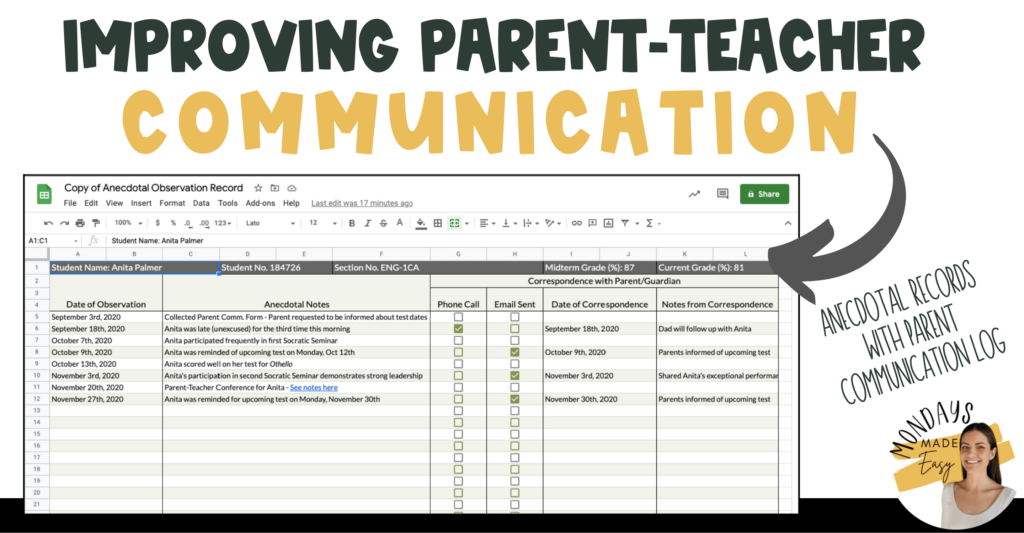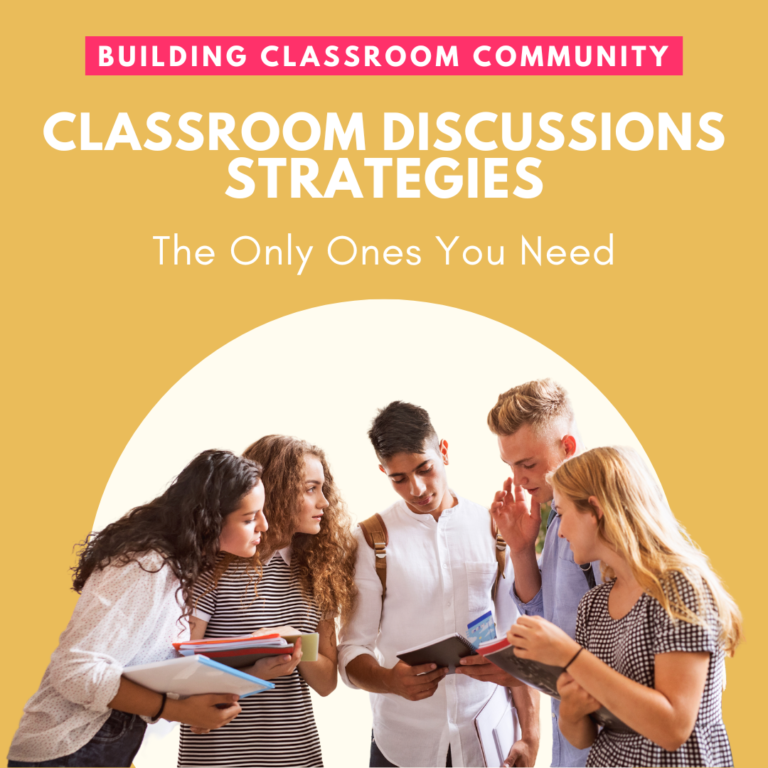Depending on the grade level you teach, teacher-to-parent communication might be overlooked. In middle school and early education, school communication with parents is highly valued. In secondary school, more value is placed on responsibility and independence. High school teachers often aim to treat students like their employers or college professors would treat them. The truth is that communicating with parents as a teacher is a valuable strategy at any grade level.
This blog post will share strategies for communicating with parents as a teacher. It will also explore why teacher-to-parent communication improves student learning. Finally, this article will share apps for parent communication.
You’ve likely heard the African proverb that states “it takes a village to raise a child.” In the modern classroom, we should consider how students’ homes reflect this teaching. In light of this, this article uses the terms “parents” and “guardians” interchangeably.
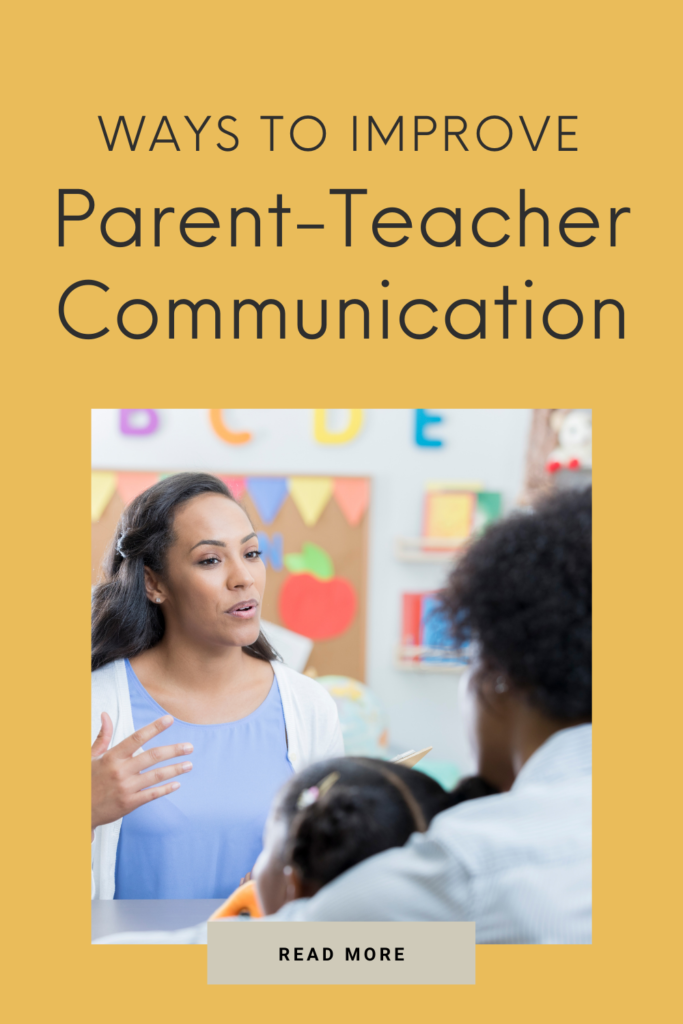
Why Teacher-to-Parent Communication Matters
Parent Communication as a Classroom Management Strategy
In my first year of teaching, I rarely called students’ parents. My main classroom management strategy was to create strong relationships with my students. I prioritized trust, transparency, and honesty with them. As a young teacher, I thought calling a parent was like “ratting” a student out.
I quickly realized that parents can help support behavioral management in high school. During parent-teacher conferences, I learned that it wasn’t practical to keep parents out of the picture. Ultimately, parents want what is best for their children. This includes their experience in school.
Similarly, students want to feel supported in school. Communicating with parents as a teacher demonstrates your commitment to students’ achievement and success. If a student seems upset about a phone call home, be sure to talk to them: ask them to communicate their concerns, and express your intentions for calling home in the first place. This conversation can help the student see that your only motivation is to support them.
Teacher-to-Parent Communication for English Language Learners
Establishing a relationship with the guardians of ELL students can be challenging. Often, the parents of English Language Learners are also learning English too. This can create a language barrier. Depending on the demographics of your school, your ELL students may have parents that work outside of the traditional 9-5 workweek. This can make it difficult to reach all of your students’ parents within the same window of time.
Do not overlook the importance of communicating with parents as a teacher, especially those who are newcomers to the country. A partnership between yourself and a parent of an ELL student can transform into a partnership between the students’ family and your school community. Supporting migrant and refugee families are key external factors to an ELL student’s success in school (Supporting Students with Refugee Backgrounds).
To build this relationship, consider the help of a translator; this can even be a trusted student within your school community. If your school does not have a welcoming committee or access to resources, it may be beneficial to reach out to community partners or local agencies to request support. Communicating with parents as a teacher can make a significant difference in fostering a supportive environment for ELL students.
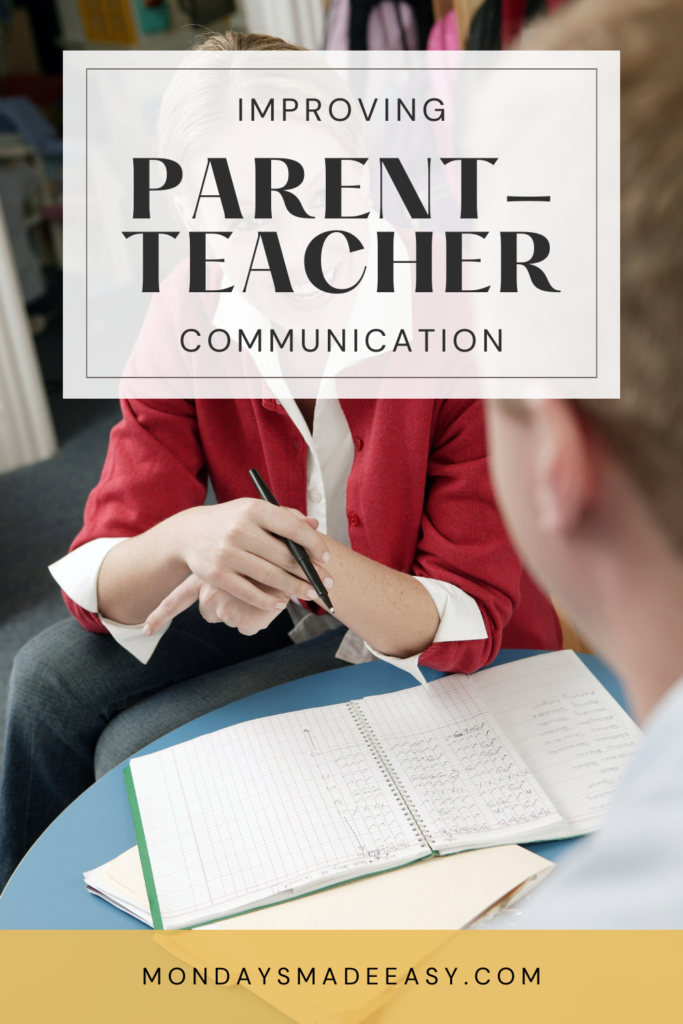
Addressing Learning Gaps by Communicating with Parents as a Teacher
Teacher-to-parent communication can be a key strategy in identifying or addressing learning gaps. When searching for student information or developing educational plans, your instinct may be to turn to school records. Next time, try reaching out to parents and guardians instead.
Generally speaking, parents know their children best. Since the pandemic, this dynamic has become increasingly apparent: “Parental engagement is doubly important in the wake of the pivot to distance or blended learning … when parents had to step in and play more of a co-teaching role in their students’ lives” (Schoology).
As many of us transition away from distance learning and back into our physical classrooms, it is important to continue communicating with parents as a teacher to involve them in the learning process. They have access to insights regarding their child – several of which may fly under your radar. This is especially true if your school moved to online learning for any portion of the pandemic.
What is the most effective strategy for communicating with parents as a teacher?
Initiate Teacher-to-Parent Communication at the Start of the New School Year
The new year serves as a neutral ground for communicating with parents as a teacher. An initial conversation invites them to voice any concerns early in the year. Teachers generally have less responsibility during the first few weeks of school. This makes it a convenient time to lay the foundation with parents.
The best way to get to know parents is to conduct a parent survey using a parent communication form. This form can request contact information and preferred contact methods from guardians. It can also provide parents with the opportunity to communicate any important information about their child.
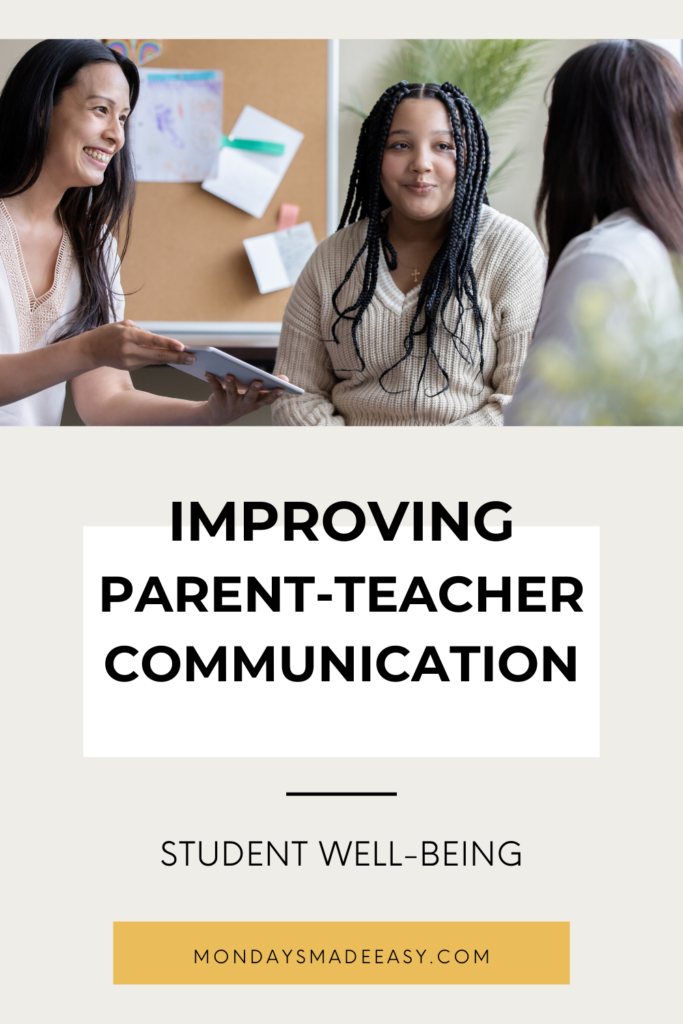
Additionally, you can use this form to communicate classroom guidelines or school policies. I have found it useful to attach a course syllabus to this form so that parents can also view the year’s curriculum. This is especially helpful in the English Language Arts classroom as it will share the texts your class will be studying; if there are concerns, communicating with parents as a teacher allows them to voice these proactively.
Instead of distributing a single form to each student, I request that they collect as many forms as they need. This gives students the opportunity to account for guardians within their different households. Be sure to prompt guardians to communicate how they would like to be addressed, as not all parents share the same surname as their child.
Teacher-to-Parent Communication Apps
Active parent involvement for adolescent students is pretty “cringe.” This may be why parent involvement decreases after middle school. It’s not that parents don’t care – a lot of them simply wish to respect their child’s newly developed sense of autonomy.
Luckily, there are several ways to increase parental involvement while still maintaining students’ independence. A simple strategy for communicating with parents as a teacher is to use parent communication apps.
One great option is Remind. Remind offers a private platform to safely message both students and their guardians. This app enables you to communicate without sharing your phone number by allowing you to create an account using your email address. You can send class-wide messages to all of the contacts that have been invited into each classroom account.
Another great communication tool is Seesaw. Seesaw offers real-time notifications to parents which are neatly organized within the app’s “inbox” feature. Additionally, Seesaw has an “activity” feed that allows parents to see class assignments and announcements, further enhancing your ability to effectively engage in communicating with parents as a teacher.
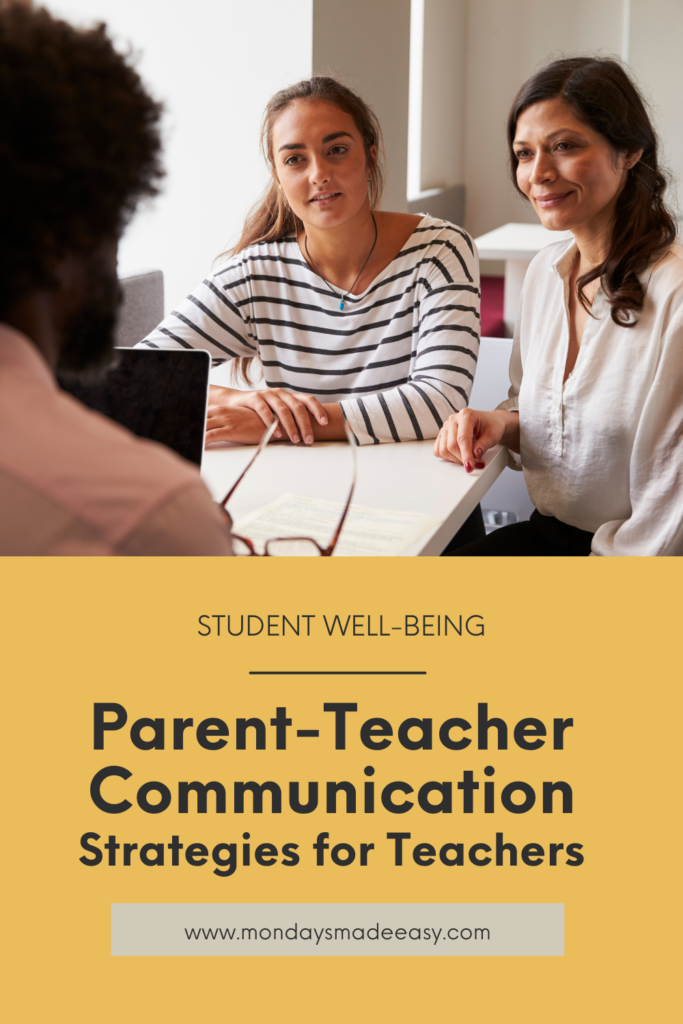
If you use Google Apps for Education, you also have the ability to invite parents to your Google Classroom. Alternatively, you can create a Google Calendar that includes important dates, and share this calendar with parents and guardians.
Systems for Communicating with Parents as a Teacher
A system can help create a routine for communicating with parents as a teacher. Parent communication systems offer guidelines for how to track parent communication, how often to contact parents, and when to reach out.
For example, some teachers call home each and every time an assignment is outstanding. Students know that they have until the end of the day to turn their assignments in if they wish to avoid a phone call home. This creates an incentive to avoid turning in late assignments. This creates an incentive to avoid turning in late assignments. It also offers predictability with respect to communicating with parents as a teacher.
Other teachers take time at the end of each week to reflect on students’ progress. Each week, they contact a different parent with positive feedback. This can build a slow and steady foundation for parent-teacher relationships. It is especially helpful if you later need to call home with bad news.
My favorite system involves the use of a digital parent communication form that includes anecdotal notes for each student. Whenever necessary, I make a note of missing assignments, outstanding achievements, student absences, or other noteworthy observations. Noting them in one place allows me to recognize patterns. It also provides me with objective information to share during parent-teacher conferences. I note all of my communication with the parent within this same form. This way, I have a paper trail that corresponds with the student’s observations.
Digital systems are great for a number of reasons: first off, you can share files with administrators or team members. This allows everyone to hold a running record of observations within your classroom. Second, they are accessible anywhere. This enables you to easily record anecdotes. Finally, they offer the opportunity to hyperlink student work.
When the Going Gets Tough
On a final note, let’s chat about the handful of angry parents you may meet during your career. With challenging parents, it’s best to presume positive intentions. It can be hard, but remember that their anger is never about you.
If a conversation turns sour, practice reflective listening by mirroring their words. Demonstrate that you are more committed to resolving the conflict than you are to defending your point.
In these situations, effective communicating with parents as a teacher can be crucial. If the conflict continues, consider turning it over to your administrator. You can also arrange a meeting with other members of your team. Keep a paper trail of communication, but avoid re-reading it. Instead, focus your attention on your positive classroom interactions.
Finally, never feel obligated to respond to rude emails. The best advice is to search for questions within confrontational emails. Respond solely with answers to those questions, or do not respond at all.
This is all to say that conflict with parents is manageable, if not avoidable altogether. With the right foundation and an efficient system, you can establish a strong foundation for any parent-teacher relationship. This preparation will not only support student learning but also help you navigate communicating with parents as a teacher in high school with ease.

